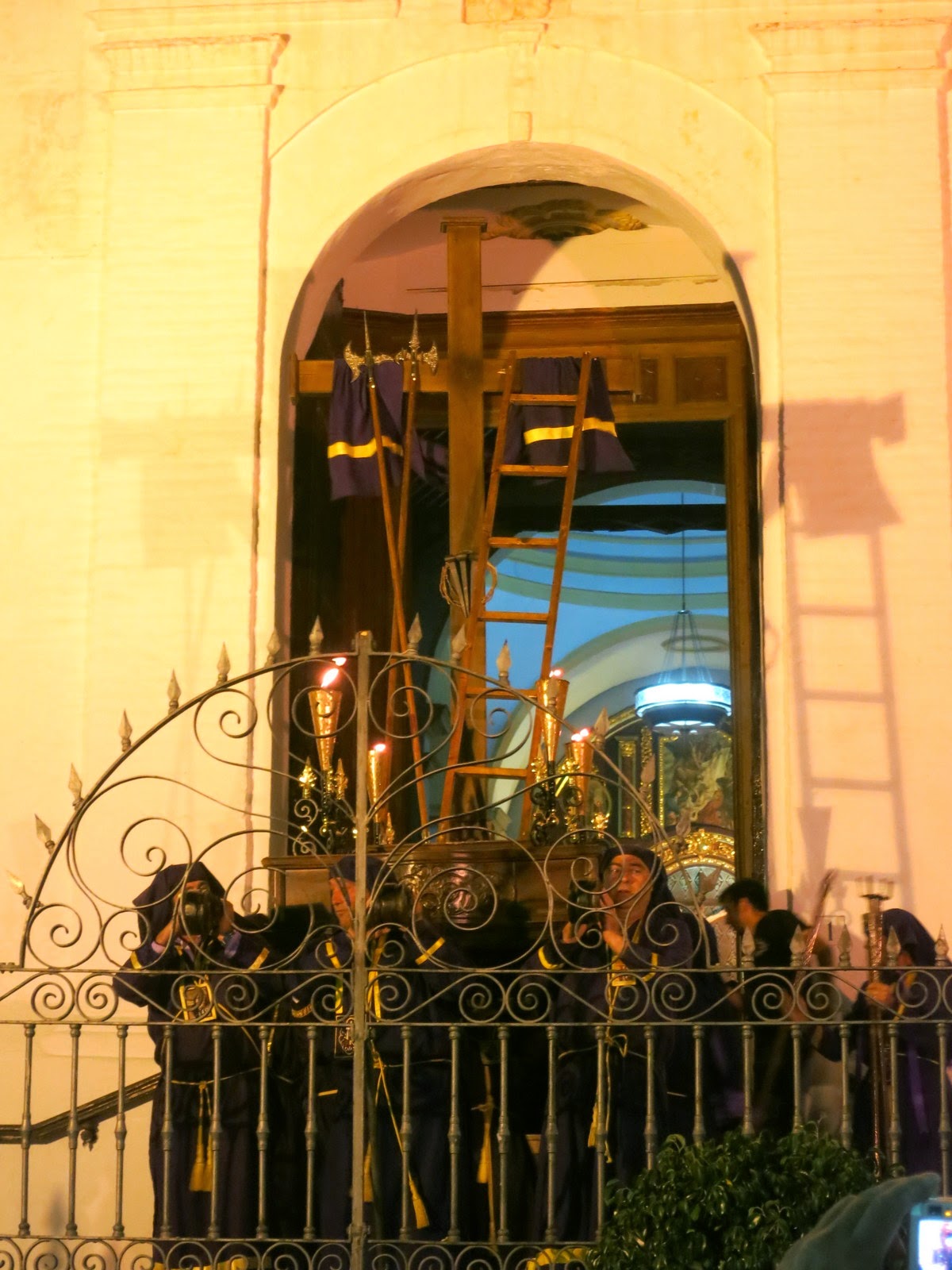Seville
is definitely the best place to be in April! The tunics of the nazarenos
haven’t even dried in the laundry shops properly and girls are already getting
out their flamenco dresses for the Feria. Well, it’s not strictly true, they
have been talking about the event all year round but now it’s everywhere around
us! But what is the Feria exactly?
The
Feria de April (or just THE Feria), the April Fair is the biggest fiesta in
Seville, in (I bet you wouldn’t be able to guess) April. It starts two weeks
after the Semana Santa. Well, it’s supposed to start at midnight on Sunday but
it seems that people are just so excited about it that they can’t really wait
that long, so there are many activities organised on the day before.
The
origins of this spectacular fiesta are quite amusing actually. According to
Wikipedia, the idea was to hold a livestock fair in the middle of the 19th
century. They only needed to organise it twice before it was declared a fiesta
by the appearance of the first casetas, the tents where different groups
entertain their guests.
The
dress code is obvious: the traje de flamenco, or the flamenco dress! The
dresses themselves are already a sight to behold, full of colour and frill, a
proper ‘LOOK AT ME’ look. And it’s not only the colours that are loud but also
the fact that it’s very tight, so you better have a nice shape to go with it!
It
seems that every single girl in this city has a picture of themselves on their
phone wearing their chosen dress that we always dutifully admire with Paul. The
average number of flamencas they own seem to be three, usually in different
colours and styles. Here’s a tip if you want to practice your Spanish, you can
have hour-long conversations about where to buy the cheapest/most stylish/most
colourful etc. ones.
There
are many shops that sell these dresses and it’s always nice to take a peek
inside.
The
dress itself is not all, though, you also have to sport all the accessories that
come with it, the shoes which colours coordinate with the flamenca, the fan and
the hair pins or big flowers to complete the look. They also sell ‘family
outfits’, so that you can match with your little ones in colour and style. They
sell these tiny dresses for little girls, too, they are absolutely gorgeous!
It’s
not only the dress shops that have the Feria look written all over them. In the
pharmacies you can see posters saying ‘don’t let a headache stand in your way
on the Feria’, the phone companies go for the ‘make sure you can reach your
friends on the Feria’ slogans and the shoe shops for the ‘be comfortable on the
Feria’ lines. I find this all very amusing.
We
have arranged with my students to go together so I will be able to give you a
full account of the happenings from next week. I’m also going to attend a class
to learn the basic steps of the Sevillana flamenco. Can’t wait!
Watch
this space to learn about this all-out fiesta!
























































